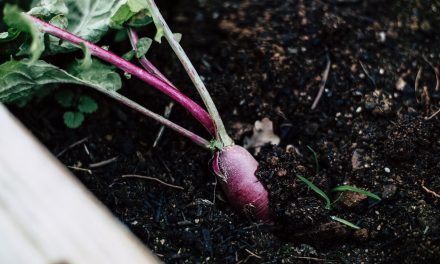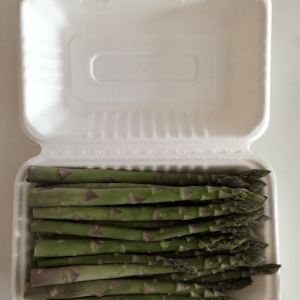The poppy, with its distinctive, brilliantly colored flowers and striking seed heads, is a popular choice among gardeners and plant enthusiasts. Poppies can infuse your garden with vibrant hues of red, orange, pink, and white, adding an exquisite touch of beauty and charm. This article will guide you through the detailed process of growing poppy plants from seeds, ensuring a delightful and blooming garden.
Step 1: Choosing Your Poppy Seeds
There’s a wide variety of poppy species available, each with unique characteristics. For instance, the opium poppy (Papaver somniferum) is known for its large and colorful flowers, while the Oriental poppy (Papaver orientale) is a perennial favorite with sturdy stems and dramatic blossoms.
You can purchase poppy seeds from a local nursery or order online. Keep in mind that different poppy species might require different growing conditions, so choose the type that suits your environment and gardening style.
Step 2: Sowing the Seeds
Poppy seeds are best sown directly into your garden as they don’t transplant well due to their sensitive root system. The ideal time to sow is in early spring or fall. Poppies prefer cool temperatures for germination, and early sowing also gives them a jump start on the growing season.
Prepare your garden bed by removing any weeds or debris and loosening the soil with a rake or garden fork. Scatter the poppy seeds thinly over the surface. As poppy seeds are tiny, they only need to be lightly covered with a thin layer of soil or compost—no more than about 1/8-inch deep. Water the area gently to avoid washing away or burying the seeds too deeply.
Step 3: Care and Maintenance
Poppies prefer well-drained soil and a sunny location. While they are relatively drought-tolerant once established, it’s crucial to keep the soil evenly moist (but not soggy) during germination and the early growth stage.
Once the seedlings are about 2-3 inches tall, thin them out to about 6-10 inches apart to allow for proper growth and air circulation.
Poppies are generally low-maintenance and don’t require much fertilization. If your soil is poor, you could use a slow-release, balanced fertilizer at planting time. Avoid high-nitrogen fertilizers as they promote leaf growth at the expense of flowers.
Step 4: Monitoring for Pests and Diseases
While poppies are relatively resistant to pests and diseases, they can occasionally be affected by fungal diseases like powdery mildew, particularly in wet conditions. Ensure good air circulation around the plants and water at the soil level to keep the foliage dry.
Step 5: Enjoying Your Poppies
Depending on the species, poppies will bloom from late spring to early summer, providing a stunning display of color in your garden. After the flowers fade, you can leave the attractive seed pods in place for additional interest, or collect the seeds for future planting.
Growing poppies from seeds can be a fulfilling gardening project, rewarding you with a breathtaking array of flowers come blooming season. With their low-maintenance nature and stunning beauty, poppies can add a vibrant splash of color and elegance to your garden, making the effort truly worthwhile. Happy gardening!















